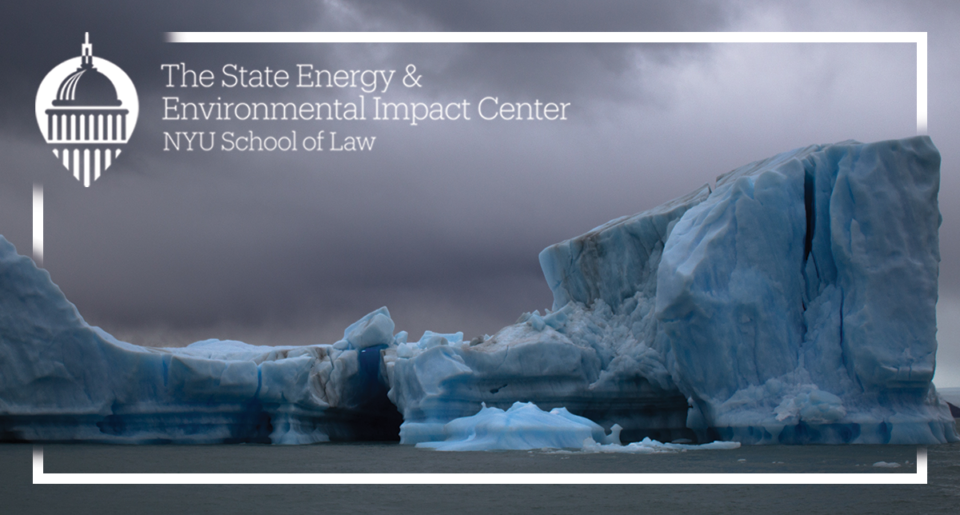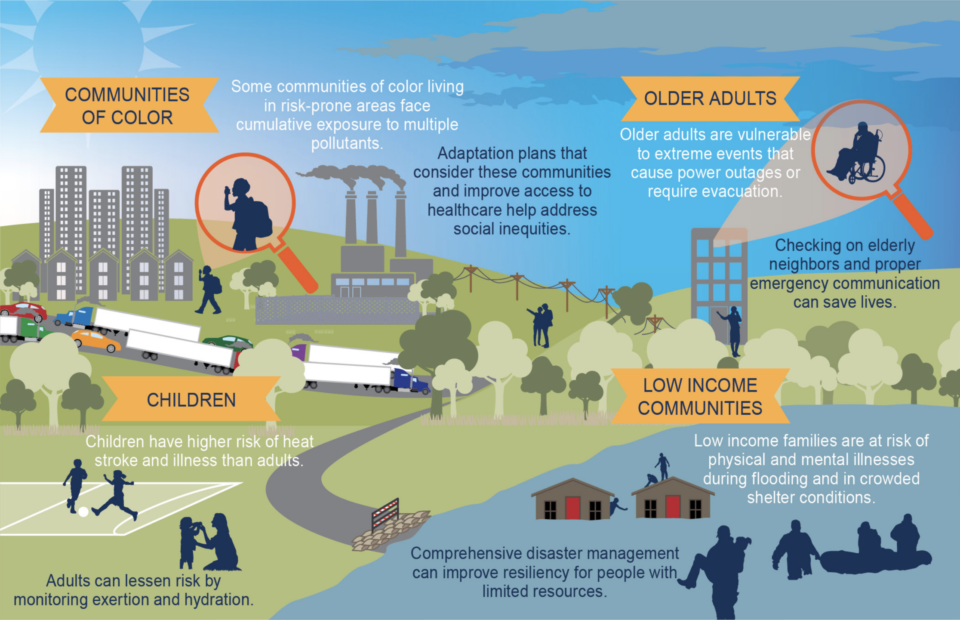Three Takeaways from the Fourth National Climate Assessment
David J. Hayes (Past Executive Director) / December 3, 2018

The federal government’s release of the Fourth National Climate Assessment was big energy and environmental news, despite being released on the Friday afternoon after Thanksgiving. The 1,600-page report is challenging to digest. If you are interested in reading an accessible overview of the report, I suggest stories published by Vox and The Atlantic.
Here are three takeaways from the report that caught my eye:
1. “Fossil fuel combustion accounts for approximately 85% of total U.S. greenhouse gas emissions.” [Chapter 1/Mitigation].
This is not a new finding but it puts in bold relief the recklessness of the Trump administration’s focus on rolling back restrictions on fossil fuel-related greenhouse gas emissions, including carbon dioxide from coal and cars, and methane from the oil and gas industry. Rather than confront climate change, the administration seems hell-bent on exacerbating it.
2. The human health impacts of climate change are severe. [Chapter 13/Air Quality; Chapter 14/Human Health]
In addition to increased deaths and injuries associated with hurricanes, wildfires, flooding, heat waves and other extreme weather events (Chapter 14), Chapter 13 of the report describes how climate change exacerbates existing health challenges associated with ozone and particulate pollution. Changing meteorological conditions due to climate change are expected to increase the formation of ozone, and this “climate penalty” will lead to substantially more ozone pollution-related deaths and illnesses. Particulate matter, too, is expected to increase due to more frequent and severe droughts and wildfires
3. Climate change impacts raise serious environmental justice issues. [Chapter 14; Figure 14.2]
“Across all climate risks, children, older adults, low-income communities, some communities of color, and those experiencing discrimination are disproportionately affected by extreme weather and climate events.”

